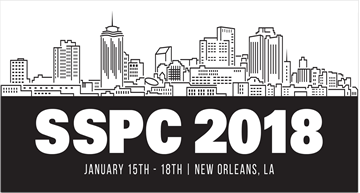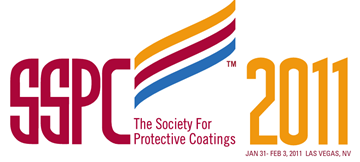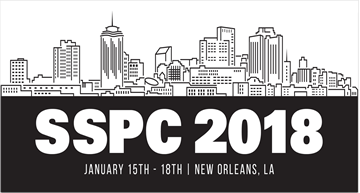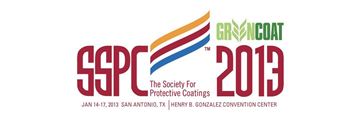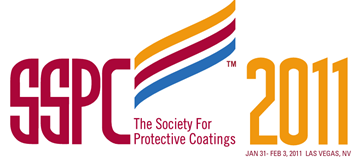Search
Individual Conference Papers
View as
Sort by
Display
per page
SR 292 Over Perdido Keys – Challenges to Field Metalizing of Steel Superstructure
Product Number:
51218-143-SG
Publication Date:
2018
$20.00
SRU Reaction Furnace Waste Heat Boiler Tube Failure Causing Unscheduled Shutdown
Product Number:
MPWT19-14391
Publication Date:
2019
$0.00
SSC of TMCP Materials: Criticalities among the Methodologies for Load Definition
Product Number:
51324-21105-SG
Publication Date:
2024
$40.00
SSPC-PA2: New Electronic Data Collection Solutions
Product Number:
41214-868-SG
Publication Date:
2014
$20.00
SSPC-SP 13/NACE No. 6, Surface Preparation of Concrete The New Revision
Product Number:
51218-122-SG
Publication Date:
2018
$20.00
Stabilizing Heavy Metal Paints Before, During, and after Residue Generation to Reduce RCRA Management and Disposal Costs
Product Number:
41205-167-SG
Publication Date:
2005
$20.00
Stainless Steels for Automotive Applications – Hydrogen Embrittlement Testing for High Pressure Hydrogen Gas Using Different Methods
Product Number:
51323-19241-SG
Publication Date:
2023
$20.00
Standard of Care’ for Coatings Inspection
Product Number:
41213-728-SG
Publication Date:
2013
$20.00
Standardized Coating Systems for Commercial Applications
Product Number:
41211-603-SG
Publication Date:
2011
$20.00
Standards Used for ‘Partial’ Coating Removal During Maintenance Painting
Product Number:
41216-944-SG
Publication Date:
2016
$20.00

